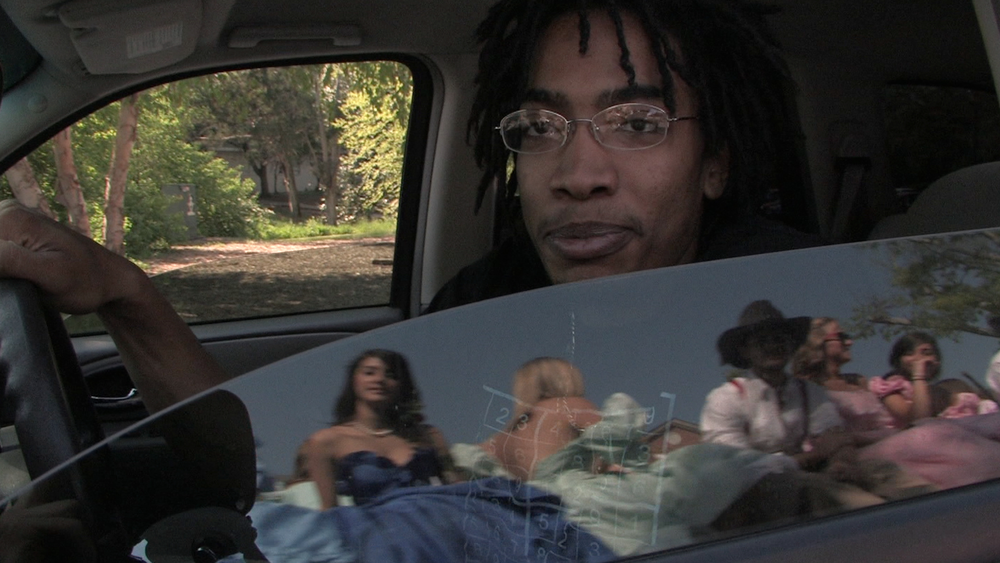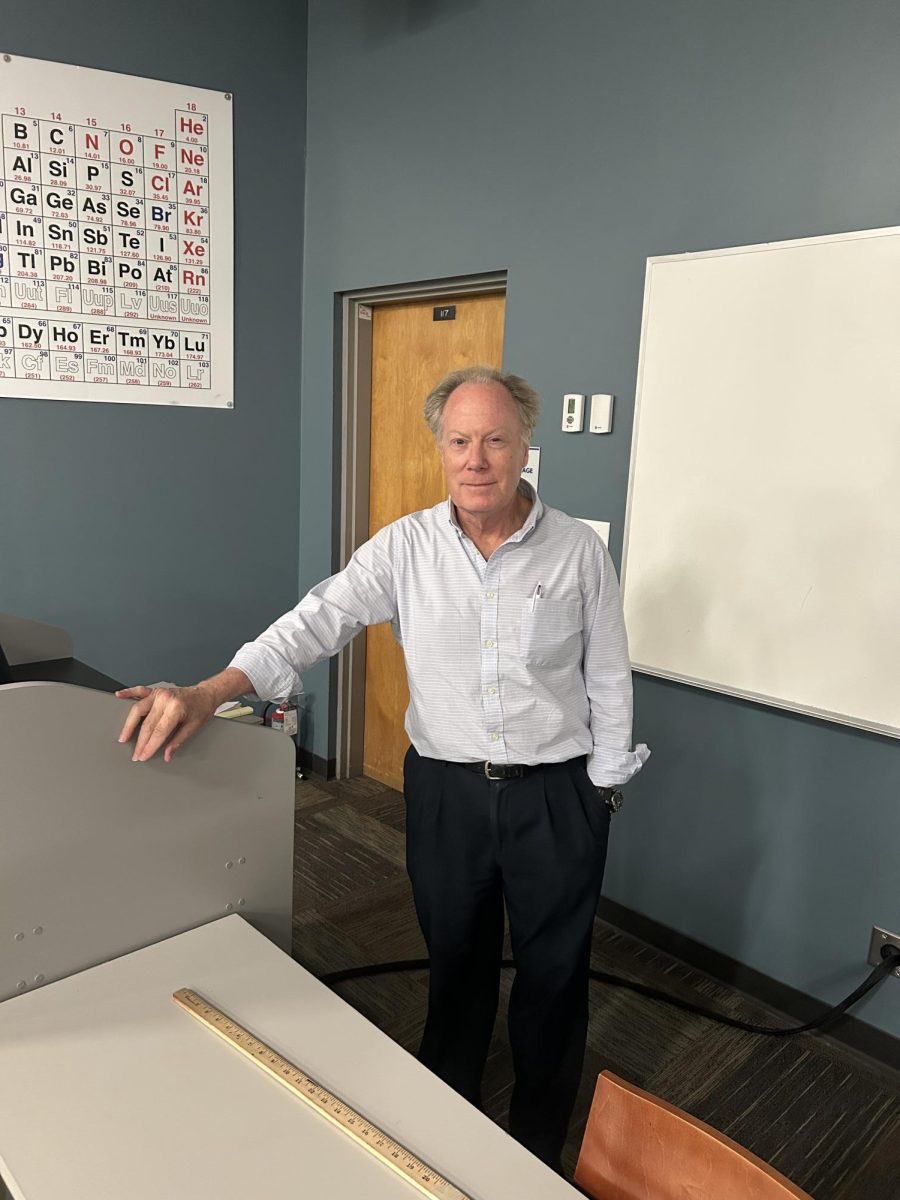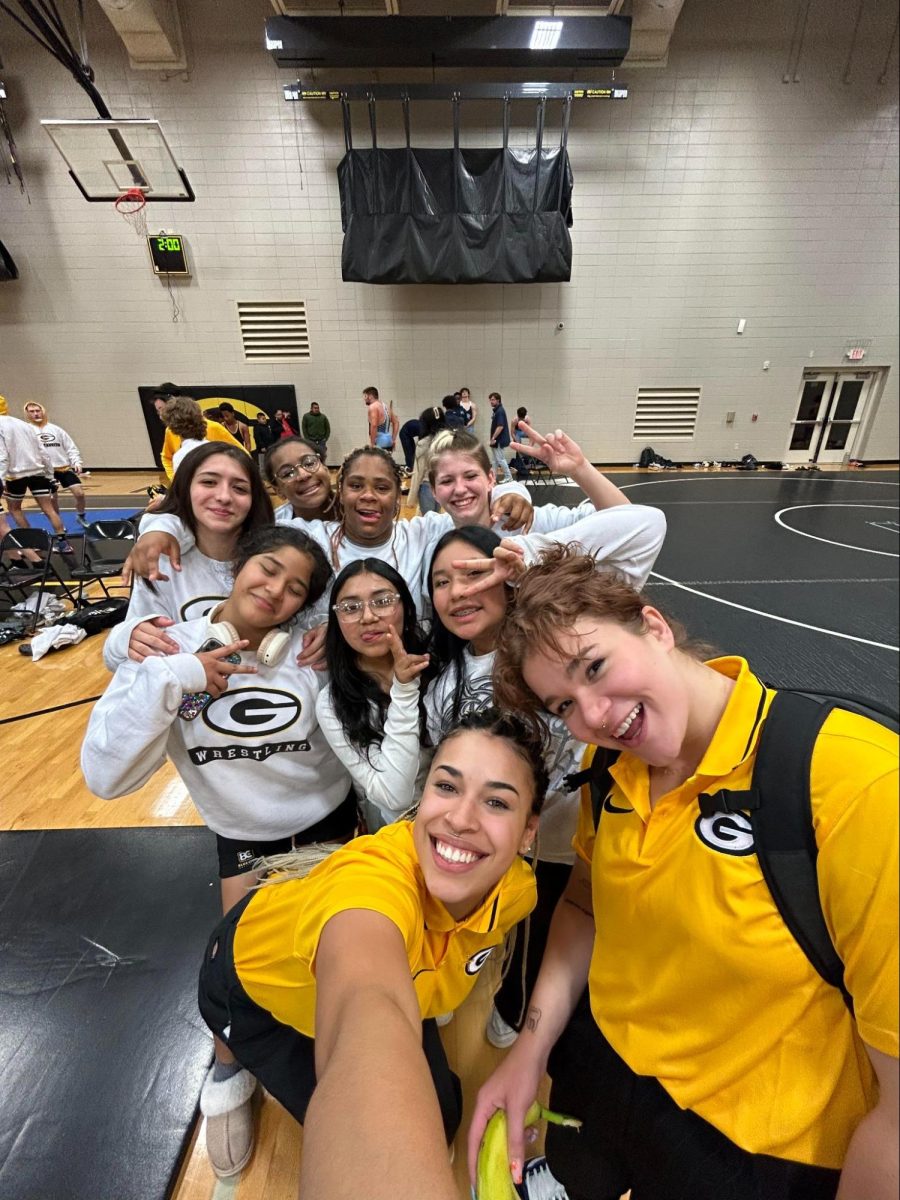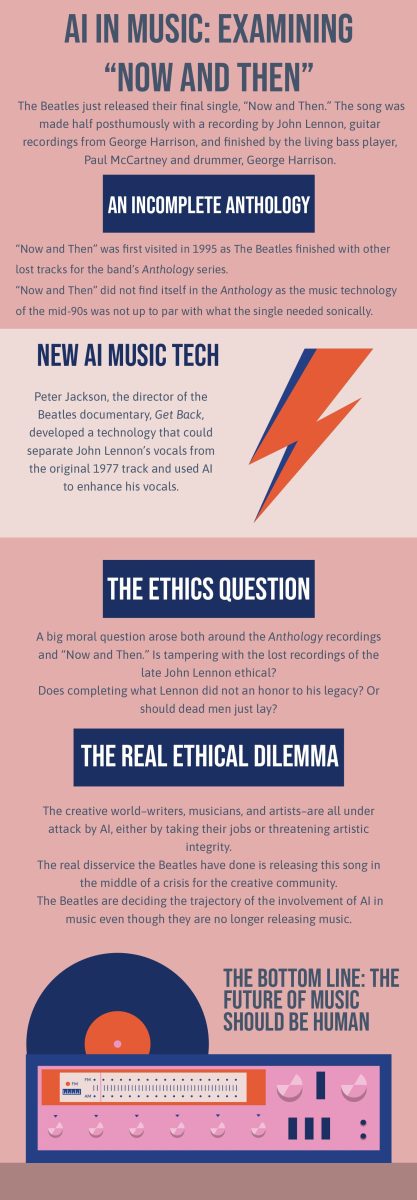Nowadays, while people like to think that racism is over and a thing of the past, what some fail to realize is the lasting effects this institutional oppression has had on those whose skin is not as pale as a blank sheet of paper. Last Thursday, the Southern Circuit Film Old South by Danielle Beverly brought up this issue of racism in the subtle way it shows itself in the misunderstanding and miscommunication between two communities trying to work together and making an uncomfortable situation better.
Set in Athens, GA, the opening of the film features scenes of an Old South parade put on by the University of Georgia Kappa Alpha chapter. Young women dressed like southern belles twirl in their hoop skirts and young men shout the names of Civil War Confederate leaders and with pride in their voices yell, “The South will rise again!” Cut to a young black man sitting in his car and watching the parade pass by: “I see horses and police and this doesn’t look like my cup of tea,” he says. The audience laughs, but it’s not so much from the humor of the statement as it is from the uncomforting hint of racial tension at what this parade suggests as it passes near a historically black community.
Here the main conflict of the film is introduced—when KA is forced to move off-campus and decides to build their new fraternity house in a historically black community. Members of the fraternity had no choice in where their house was placed. However, the black community feared the racial prejudice that potentially came along with a fraternity known in the area for putting on Old South parades that reminded the community members of the institution of slavery and racism. This led to the initial misunderstanding of both groups about why the construction of the KA fraternity house was such a big issue, as well as the fraternity tearing down two historical homes in the process.
Yes despite this initial misunderstanding, three central figures worked to establish a mutual relationship between the KA fraternity and the black community. At the heart of the film stands Hope Iglehart, the one-woman powerhouse who fought for her community’s registration as a local historical black community and reached out to KA to become involved in the community. Major Brennan, the KA vice president, appears at the beginning of the film to be somewhat unknowledgeable of the historical context of certain practices deemed “southern culture”, such as treating the rebel flag more as a joke and not realizing the implications of what it once stood for.
Yet throughout the film, Major shows the most change and becomes a more understanding and involved person within the community. He takes charge and makes sure the KA members aid in the community garden started by Karen Witten, a northerner who began the project hoping it would bring the community together. Her plan succeeded, thanks to the help of the KA fraternity and Hope’s active involvement with the local church.
In the discussion following the film, students showed great willingness to engage in the conversation Old South began. Many showed interest in what happened after the film ended, and filmmaker Beverly directed many questions back onto the students, asking for their reactions to the film and what they believed was the message the film conveyed.
Some did voice concern over the negative representation of KA in the film, such as asking if celebrating southern culture was wrong, to which some responses suggested that the place where KA was celebrating was wrong and the time they were celebrating recalled a time of oppression, not of cultural pride.
Dr. Hamilton, a professor of Southern Studies, was pleasantly surprised by the sheer number of students who came to view the film.
“I gave up counting at about 80 [students], and then they started bringing in couches,” she said, smiling at the memory.
Despite the heat of the debate that swelled the room after the lights came on, and the subsequent ripples which ran through the student body days afterward, Hamilton is certain that this is a good thing. It’s easy to run from tough conversations, but what is right and what is easy rarely coincide. The first step toward change is honest discussion about sensitive topics, and she is proud that PC chose to show this film.
“It is an important film to be shown,” she said.
While Old South opened the dialogue for celebrating certain cultures, the Southern Circuit Tour continues the conversation with integrated prison systems in A Kind of Order, to be shown on April 16 in HP amphitheater at 7:30 pm.







